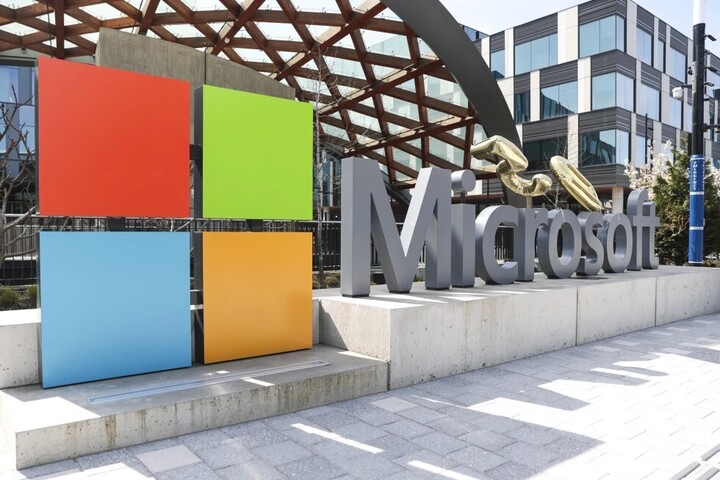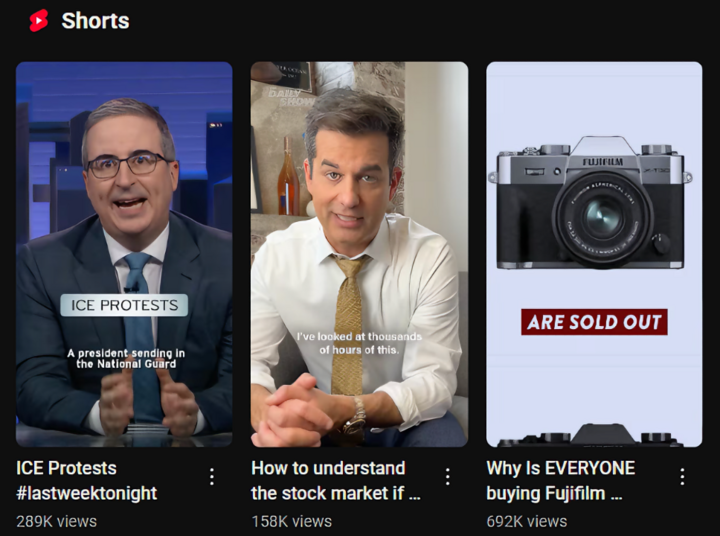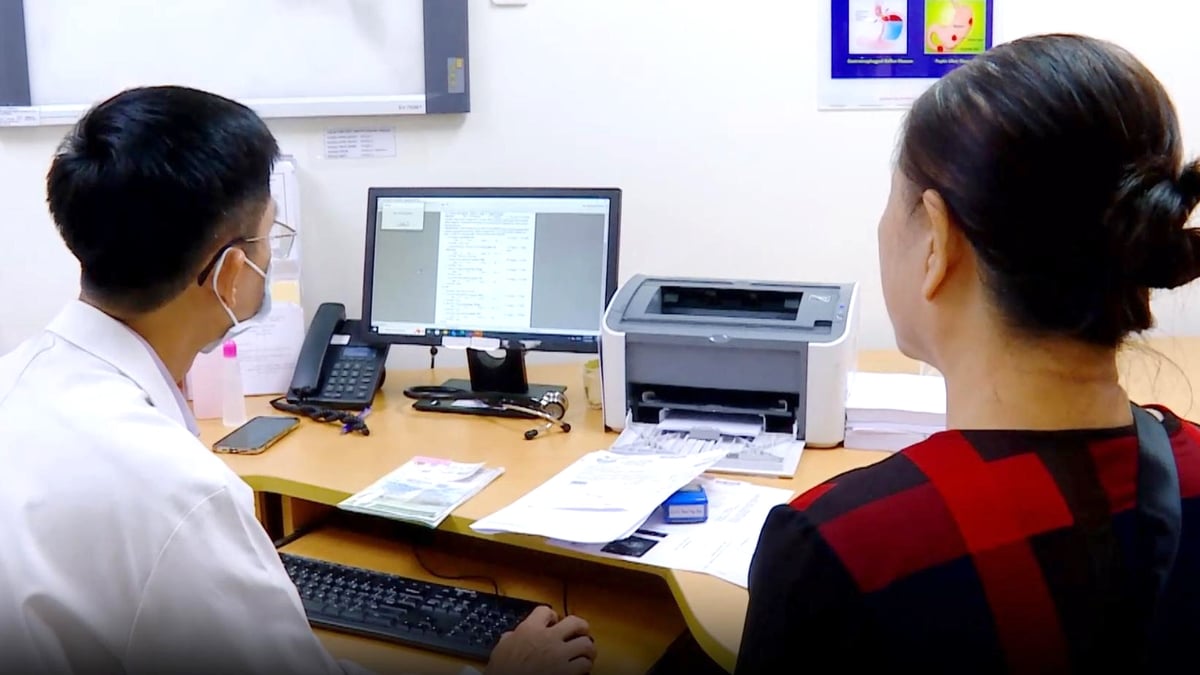Microsoft Authenticator Discontinues Password Autofill Support
From August 1, the Microsoft Authenticator application will officially stop managing and automatically filling in passwords, switching to using passkey technology - a new authentication method that is considered safer and more convenient.
Users will not be able to access passwords saved in Authenticator unless they use the Microsoft Edge browser. Passkey uses biometric authentication such as fingerprint, face, or PIN instead of traditional passwords. Each passkey consists of two encrypted parts: One part is stored on the user's device, the other part is stored on the service that needs to be accessed. Users need to create a separate passkey for each service that supports this technology.

Microsoft's sign and logo are pictured at the company's headquarters. (Source: Getty Images)
Microsoft said it saw up to 7,000 password attacks every second in 2024 – double the previous year.
If users want to access old passwords, they will install the Edge browser and sign in with a Microsoft account, then go to the password settings in Edge to enable autofill and password management.
A series of technology "giants" join hands with the Trump administration to improve medical data
Several leading technology corporations such as Oracle and Microsoft will partner with the Trump administration to develop digital tools to help seniors and people with disabilities easily access their health data through the US government 's Medicare program.

President Trump RFK Jr. and Dr. Mehmet Oz at the event. (Source: Bloomberg)
The initiative will be announced at the White House on July 30, the 60th anniversary of the Social Security Act, the foundation for Medicare and Medicaid. The goal of the collaboration is to build a more efficient system for exchanging patient information.
Seema Verma, the former head of the Centers for Medicare and Medicaid under Trump and now president of Oracle’s Health and Life Sciences division, will attend the event. The administration called for public comment in May on modernizing Medicare and Medicaid’s digital health services.
YouTube rolls out age-estimation technology to protect kids
YouTube has just rolled out age-estimation technology in the US, to identify underage users even if they do not declare their age correctly when creating an account. The system uses signals such as platform activity, account longevity, etc. to judge the user's true age.

YouTube will use technology to protect children. (Source: AP)
If YouTube detects a user is under 18, it will automatically apply protections such as: Turning off personalized ads, limiting the ability to view sensitive content repeatedly, activating digital health support tools such as bedtime reminders, and limiting screen time. Those whose age is misidentified can be verified via ID, selfie, or credit card.
The machine learning technology will start with a small team in the US before expanding across the YouTube ecosystem across web, mobile and smart TVs, the latest step in YouTube’s 2025 plan to improve online safety for young people.
Source: https://vtcnews.vn/cong-nghe-30-7-microsoft-authenticator-dung-luu-mat-khau-tu-1-8-ar956974.html























































![[Maritime News] Container shipping faces overcapacity that will last until 2028](https://vphoto.vietnam.vn/thumb/402x226/vietnam/resource/IMAGE/2025/7/30/6d35cbc6b0f643fd97f8aa2e9bc87aea)













































Comment (0)